- Mivel foglalkozunk
- Kik vagyunk
- Blog, szakmai tartalmaink

- Worldwide Locations
- Global
- RSM Global
- Regions
- Africa
- Asia Pacific
- Europe
- Latin America
- MENA
- North America
- Countries/Jurisdictions
- Afghanistan
- Albania
- Andorra
- Angola
- Argentina
- Australia
- Austria
- Azerbaijan
- Bahamas
- Bahrain
- Bangladesh
- Belgium
- Bolivia
- Bosnia and Herzegovina
- Botswana
- Brazil
- Bulgaria
- Cambodia
- Canada
- Cayman Islands
- Chad
- Channel Islands
- Chile
- China
- Colombia
- Costa Rica
- Croatia
- Cyprus
- Czech Republic
- Denmark
- Dominican Republic
- Ecuador
- Egypt
- El Salvador
- Eswatini
- Ethiopia
- Finland
- France
- Gabon
- Georgia
- Germany
- Ghana
- Gibraltár
- Greece
- Guatemala
- Guernsey
- Guinea
- Honduras
- Hong Kong SAR, China
- India
- Indonesia
- Iraq
- Ireland (Republic of)
- Isle of Man
- Israel
- Italy
- Ivory Coast
- Japan
- Jersey
- Jordan
- Kazakhstan
- Kenya
- Korea
- Kosovo
- Kuwait
- Lebanon
- Luxembourg
- Macedonia
- Malaysia
- Malawi
- Malta
- Mauritius
- Mauritania
- Mexico
- Morocco
- Mozambique
- Myanmar
- Netherlands
- New Zealand
- Nicaragua
- Nigeria
- Norway
- Oman
- Pakistan
- Palestine
- Panama
- Paraguay
- Peru
- Philippines
- Poland
- Portugal
- Puerto Rico
- Qatar
- Romania
- Saudi Arabia
- Senegal
- Serbia
- Singapore
- Slovakia
- South Africa
- Spain
- Sri Lanka
- Swaziland
- Sweden
- Switzerland
- Taiwan
- Tajikistan
- Tanzania
- Thailand
- Tunisia
- Turkey
- UAE
- Uganda
- UK
- Ukraine
- Uruguay
- USA
- Venezuela
- Vietnam
- Zambia
- Zimbabwe
Hungary
